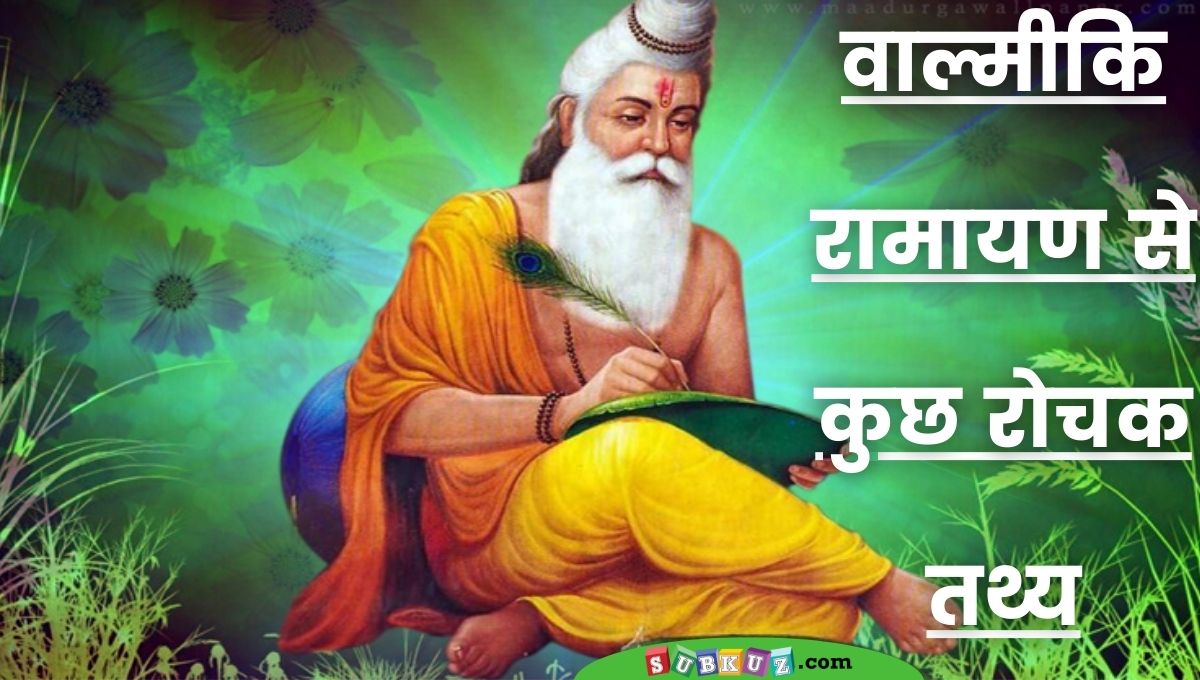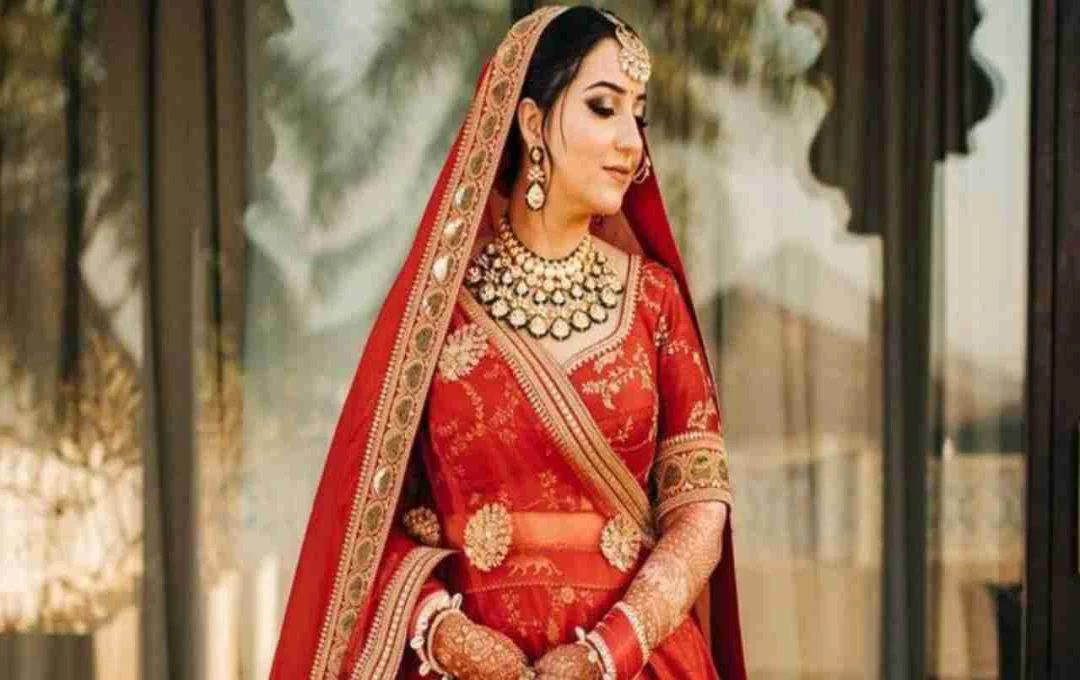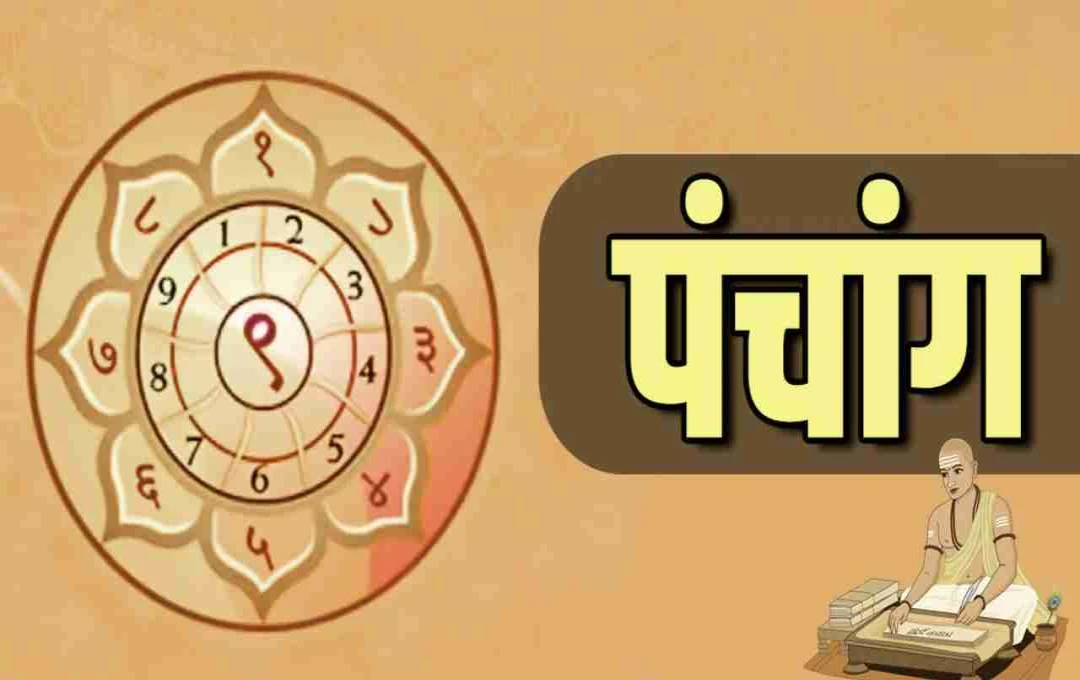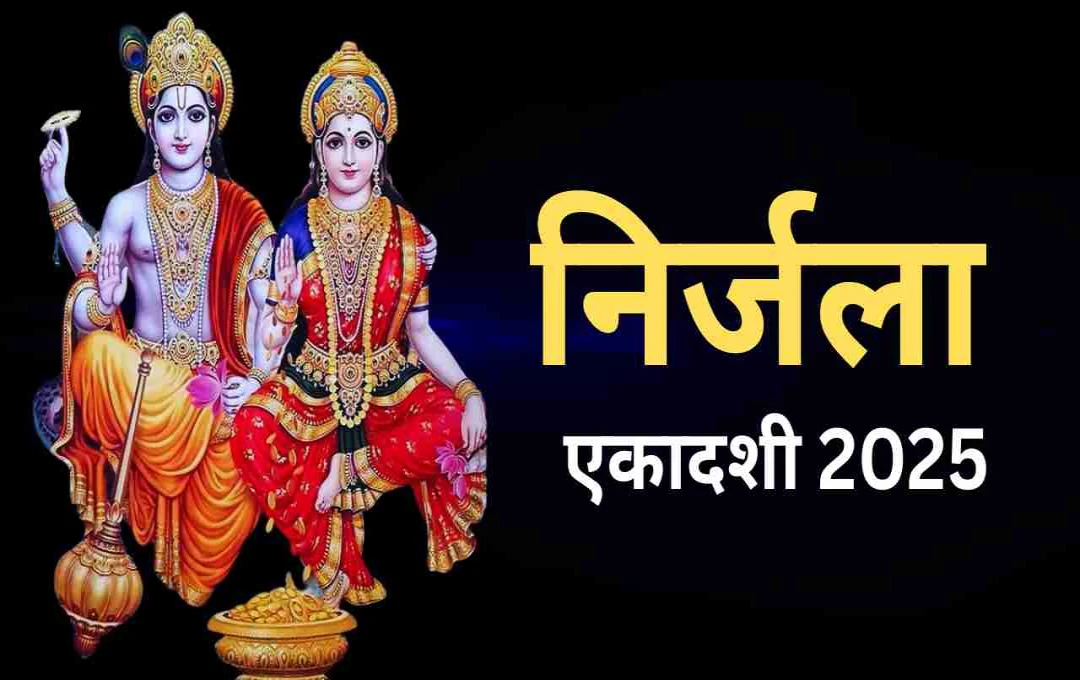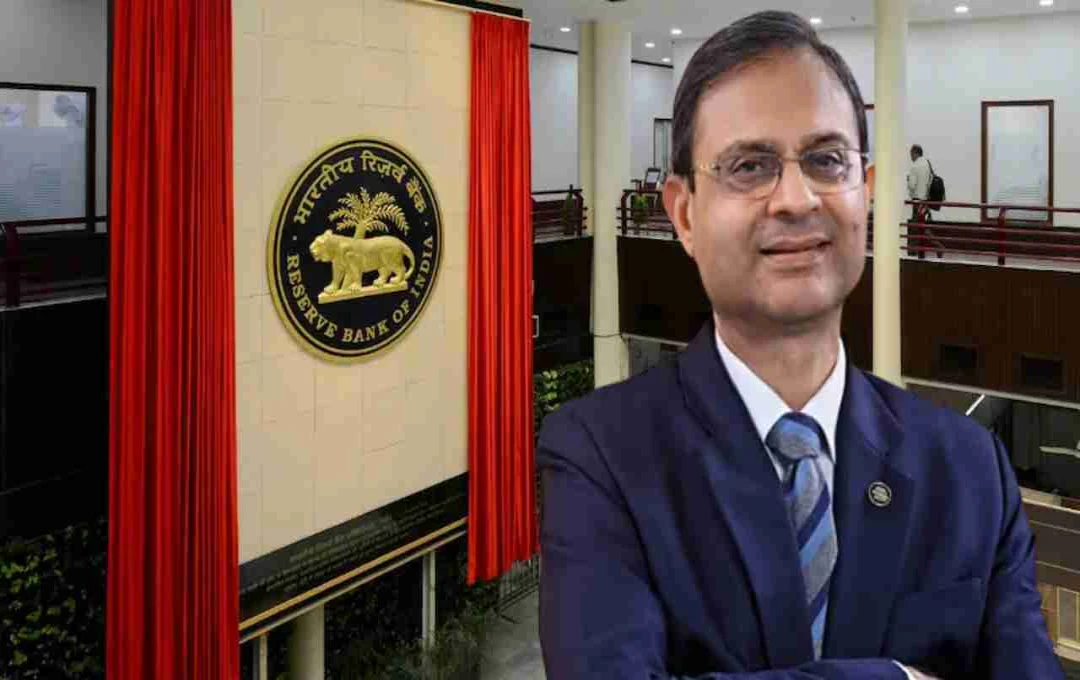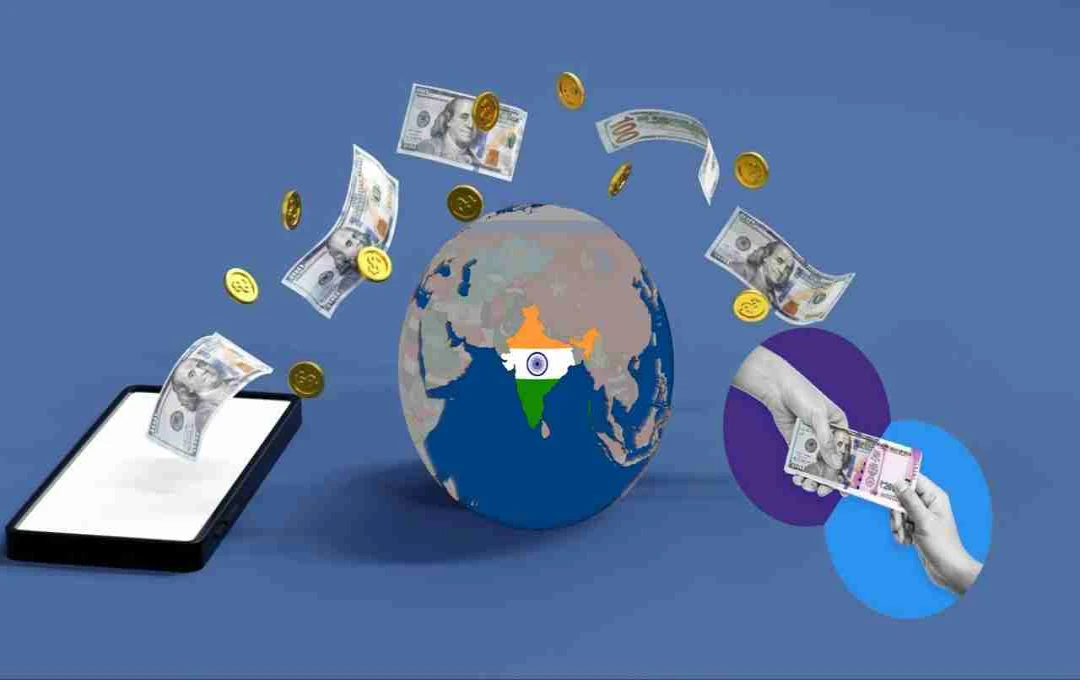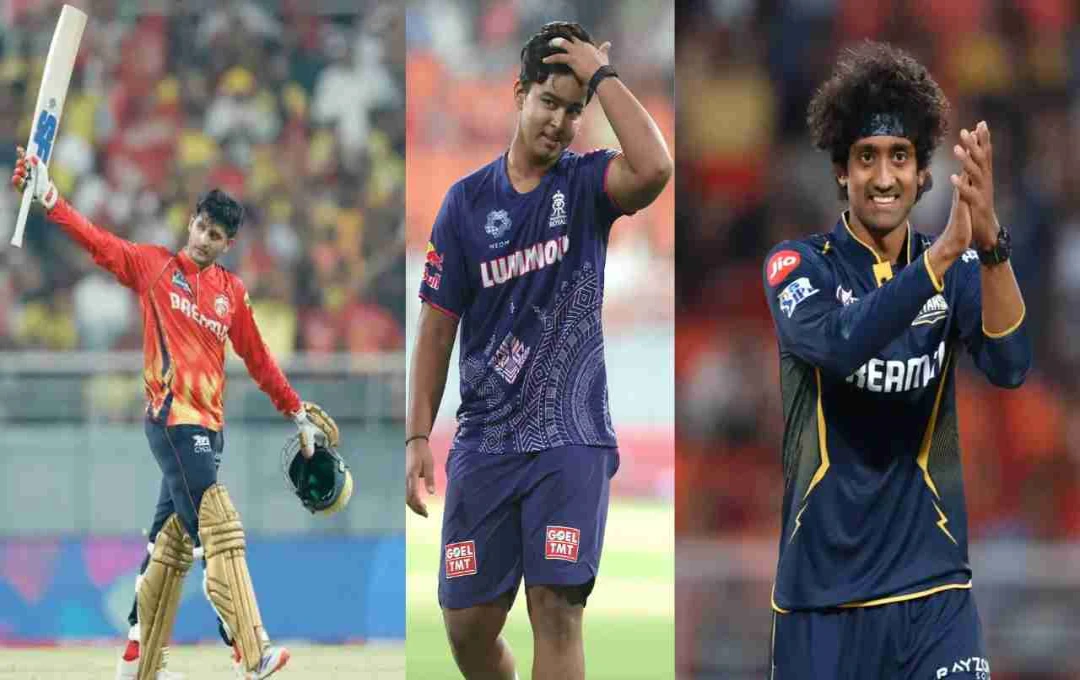Some Interesting Aspects of the Valmiki Ramayana
The Ramayana narrates the story of Lord Rama, a king of the Raghuvamsa dynasty in Hindu mythology. You are all familiar with the epic tale of Lord Rama's life. The word "Ramayana" is derived from "Rama" and "ayana," where "ayana" signifies a journey. Therefore, the Ramayana translates to "Rama's journey." This epic poem describes the events of Lord Rama's life during his fourteen years of exile in the forest. The Ramayana was composed in two languages. Goswami Tulsidas wrote it in the Awadhi language in the late sixteenth century, while Valmiki composed it in Sanskrit over three thousand years ago. Notably, the Valmiki Ramayana comprises 24,000 verses, 500 chapters, and 7 books. The Valmiki Ramayana, composed in Sanskrit, is considered the most ancient. Both the Ramcharitmanas and the Ramayana are considered authoritative texts. However, it is interesting to note that the Valmiki Ramayana contains some untold facets not found in the Ramcharitmanas.
Let's shed light on these untold aspects today:
1) **Mentioning Lord Rama and Bharata:**
King Dasharatha had four sons: Rama, Lakshmana, Bharata, and Shatrughna, with Rama being the eldest. Lord Rama was King Dasharatha's beloved son. However, when Lord Rama went into exile due to his father's commitment, he could not be deterred. He was 27 years old at the time. Meanwhile, Bharata dreamt of his father's death. He saw King Dasharatha wearing dark clothes and a garland of red flowers around his neck. He was heading south (Yama's direction). Thus, there is such a mention of the period of Lord Rama and Bharata.
2) **Rama's Wrath Against the Sea, Not Lakshmana:**
The Ramcharitmanas mentions that Lakshmana became angry when the sea blocked the path to Lanka. However, the Ramayana states that Lord Rama became enraged in this situation. Consequently, he launched arrows to dry up the sea. When Lakshmana and others explained themselves to Lord Rama, his anger subsided, and the monkey army began inscribing his name on the rocks and flowing them into the ocean. This was done so that any object thrown by him into the sea would not sink. Additionally, the son of Vishwakarma had also built a bridge over the sea.
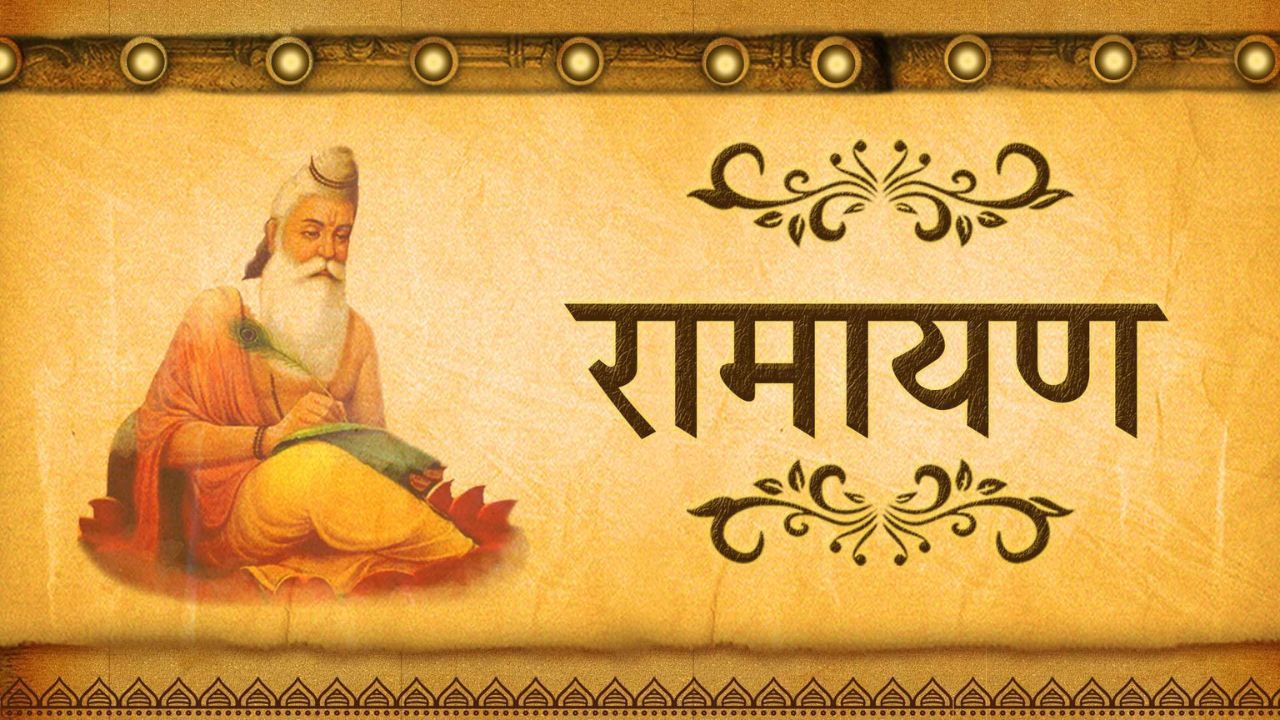
3) **The Story of Sita's Swayamvara and Ravana's Curse:**
The Ramcharitmanas mentions that Parashurama was present at Sita's Swayamvara, but the Valmiki Ramayana does not mention such an event. Instead, according to the Ramayana, once Ravana was flying in his Pushpaka Vimana, he saw a beautiful woman. Her name was Vedavati. She was performing a yagna to obtain Lord Vishnu as her husband, and Ravana forcibly took her, disrupting her penance. Vedavati then relinquished her body and cursed Ravana that he would meet his end because of a woman. In her next life, Vedavati was reborn as Sita.
4) **Events Not Found in the Ramayana:**
While the Ramcharitmanas mentions Sita's Swayamvara, the Ramayana does not contain such an account. According to the Ramcharitmanas, during the Swayamvara, Lord Rama broke the Shiva Dhanush in front of the assembly. Conversely, in the Ramayana, Lord Rama and Lakshmana went to Mithila with Rishi Vishvamitra. In a playful manner, Lord Rama broke the Shiva Dhanush. King Janaka had vowed that whoever broke this bow would marry his daughter, Sita.
5) **The Ramayana's Account of the Putrayeshti Yagna:**
King Dasharatha is said to have performed the Putrayeshti Yagna for the birth of sons. This yagna was performed by the sage Rishi Rishyasringa, whose father was Maharshi Vibhandak. It is said that Maharshi Vibhandak was once bathing in a river, and at that time, his semen fell into the water. A deer drank that water, leading to the birth of the sage as a deer.
